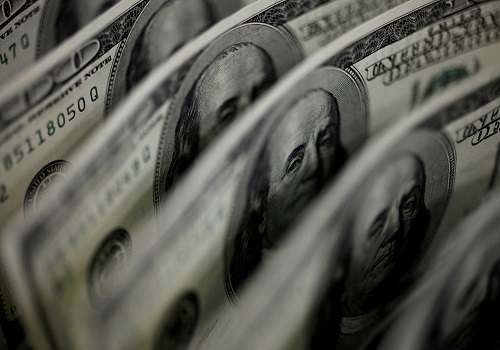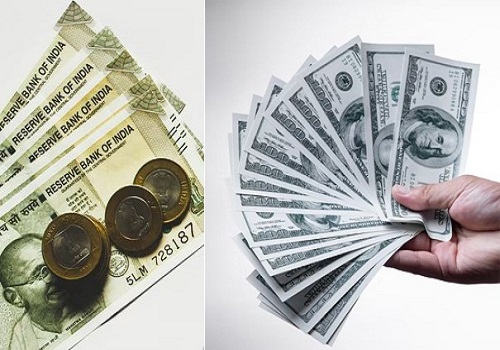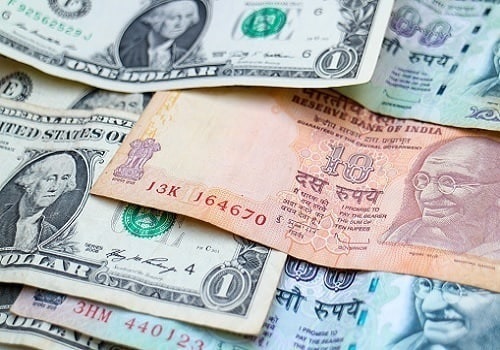Dollar softens, China's yuan draws support from stimulus hopes

Follow us Now on Telegram ! Get daily 10 - 12 important updates on Business, Finance and Investment. Join our Telegram Channel
The dollar was on the defensive on Monday as investors scaled back expectations over how much further U.S. interest rates would rise after U.S. jobs data showed the smallest increase in 2-1/2 years.
The U.S. economy added 209,000 jobs last month, data on Friday showed, missing market expectations for the first time in 15 months.
That caused U.S. Treasury yields to slump and sent the dollar down nearly 1% against a basket of currencies on Friday while the yen and sterling surged. [US/]
The Japanese yen was last more than 0.2% lower at 142.45 per dollar in early Asia trade, giving up some of its 1.4% gain from Friday. [US/]
The dollar/yen pair is particularly sensitive to U.S. yields as interest rates in Japan are anchored near zero.
"I suspect you got a market that was going into (the payrolls) high on expectations ... so with that in mind, people pared back some of those dollar longs," said Chris Weston, head of research at Pepperstone.
"We've also seen large inflows back into the yen as well, we've seen some people looking to cover some of those yen shorts."
The British pound firmed near an over one-year peak of $1.2850 hit on Friday and last traded $1.28325, as bets grow that stubborn inflation in the UK will force the Bank of England to raise interest rates to a 25-year high of 6.5% by December.
The euro dipped 0.07% to $1.0962, after having risen 0.7% on Friday, while the U.S. dollar index rose 0.06% to 102.36 but remained not far from Friday's two-week low of 102.22.
"I certainly don't trust that U.S. dollar move...whether it's sustained," said Weston. "But it sort of screams out that the market obviously sees the Fed in the later stage of the (monetary tightening) cycle."
In Asia, data out on Monday showed China's factory gate deflation deepened in June and missed expectations, while consumer prices were unchanged, as the post-COVID recovery faltered.
The market reaction to the data was largely muted, as it fuelled hopes that Chinese authorities would soon unveil further stimulus measures for the economy.
As a result, the offshore yuan and the Australian dollar - regarded as a liquid proxy for the yuan in international markets because China is the biggest buyer of Australian exports - only eased slightly after the data came out.
The offshore yuan last traded at 7.2290 per dollar, while the Aussie fell 0.14% to $0.6683.
"The softer CPI is still reflecting weak domestic demand while PPI deflation underscores the strains on factories," said OCBC currency strategist Christopher Wong.
"(It's) basically saying that China needs stimulus support."
Elsewhere, the New Zealand dollar dipped 0.12% to $0.62015.












 320-x-100_uti_gold.jpg" alt="Advertisement">
320-x-100_uti_gold.jpg" alt="Advertisement">












